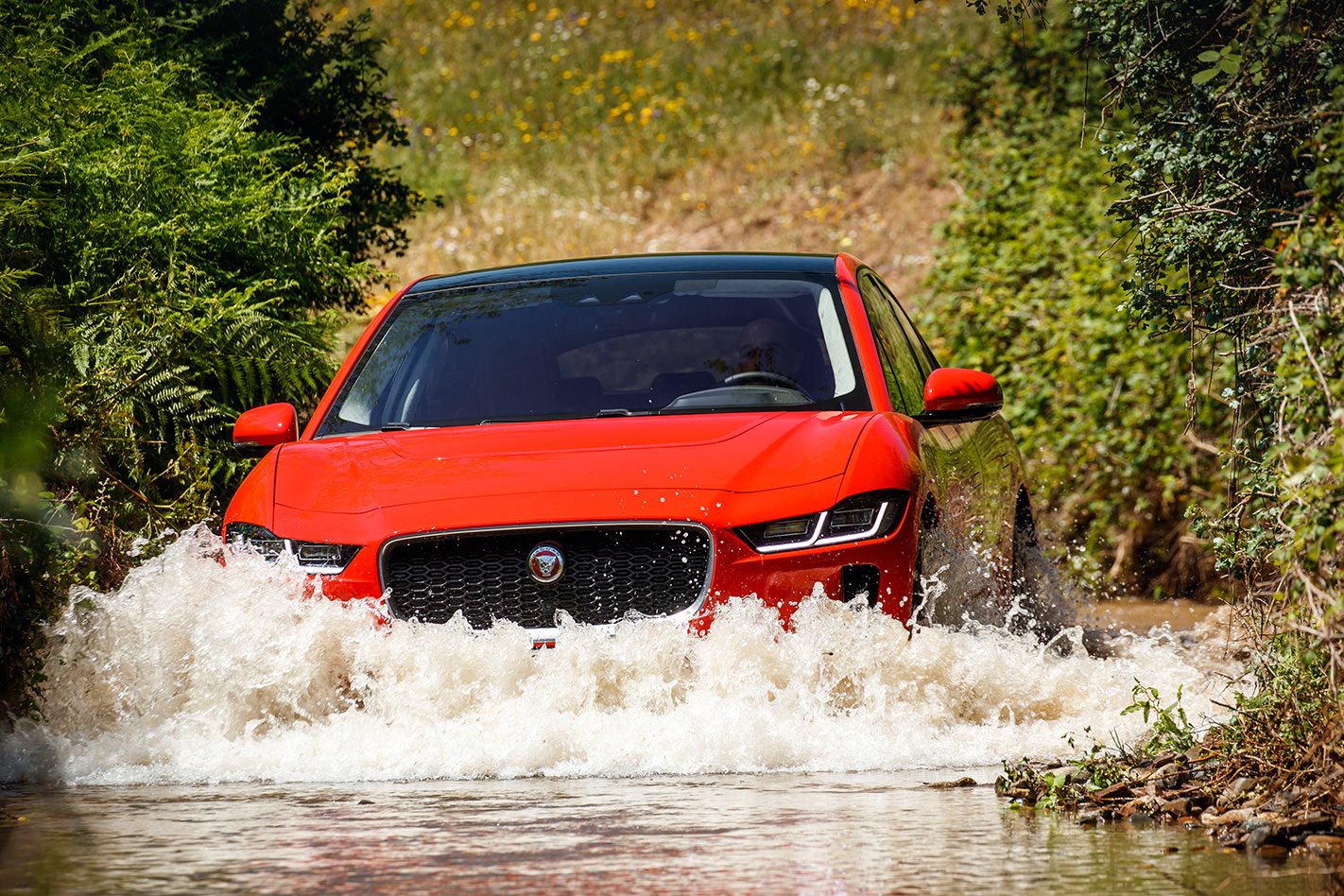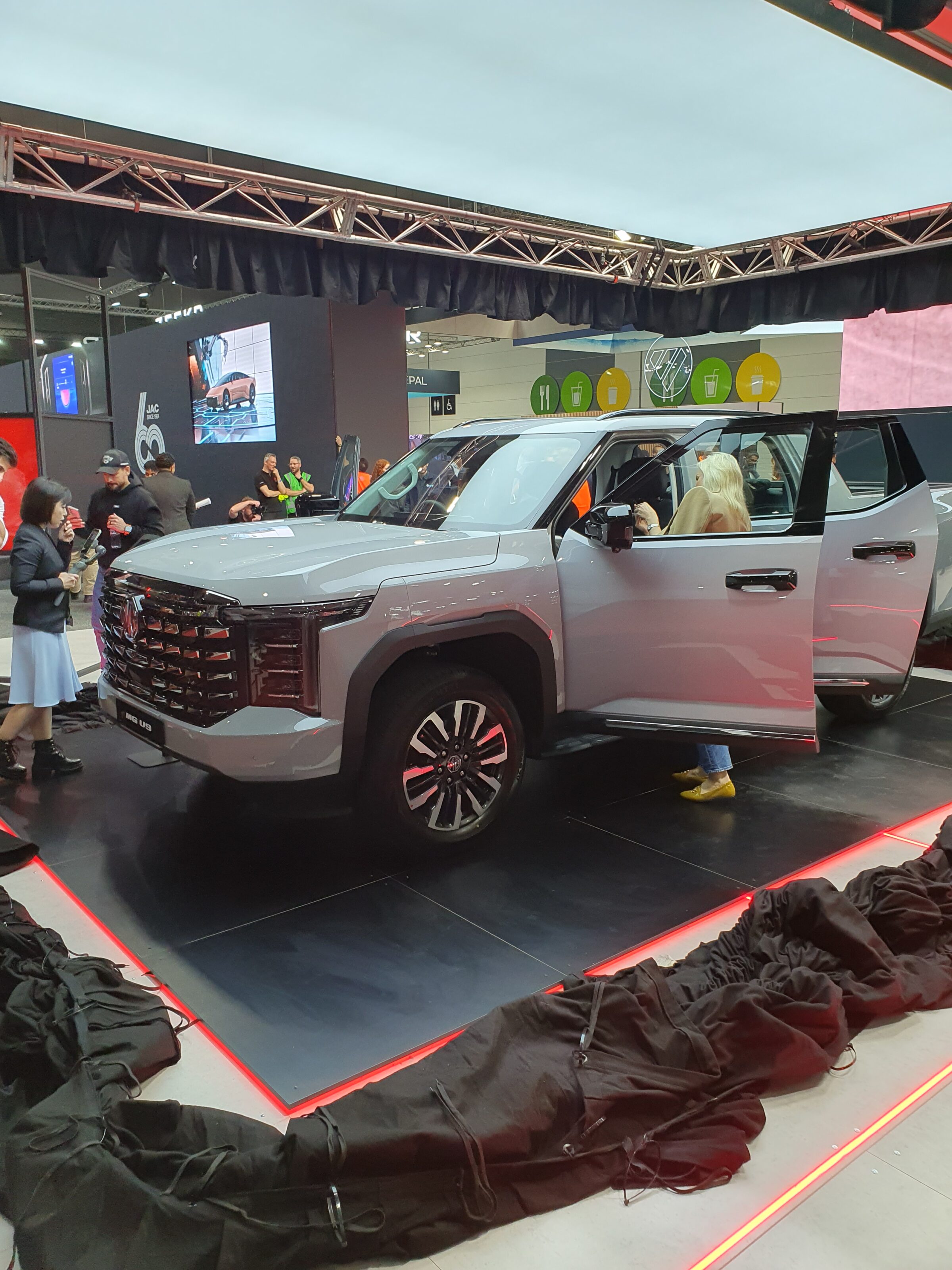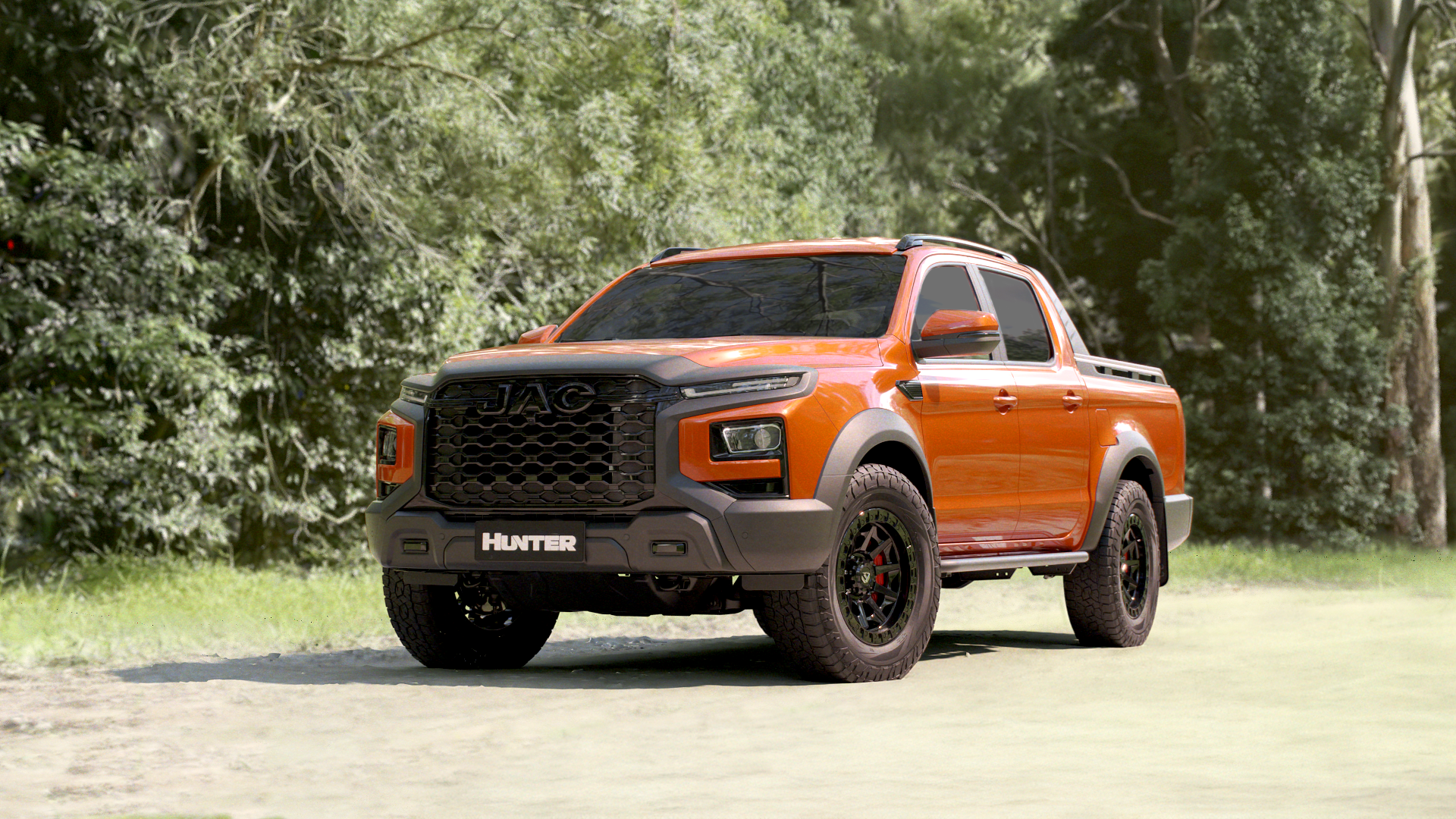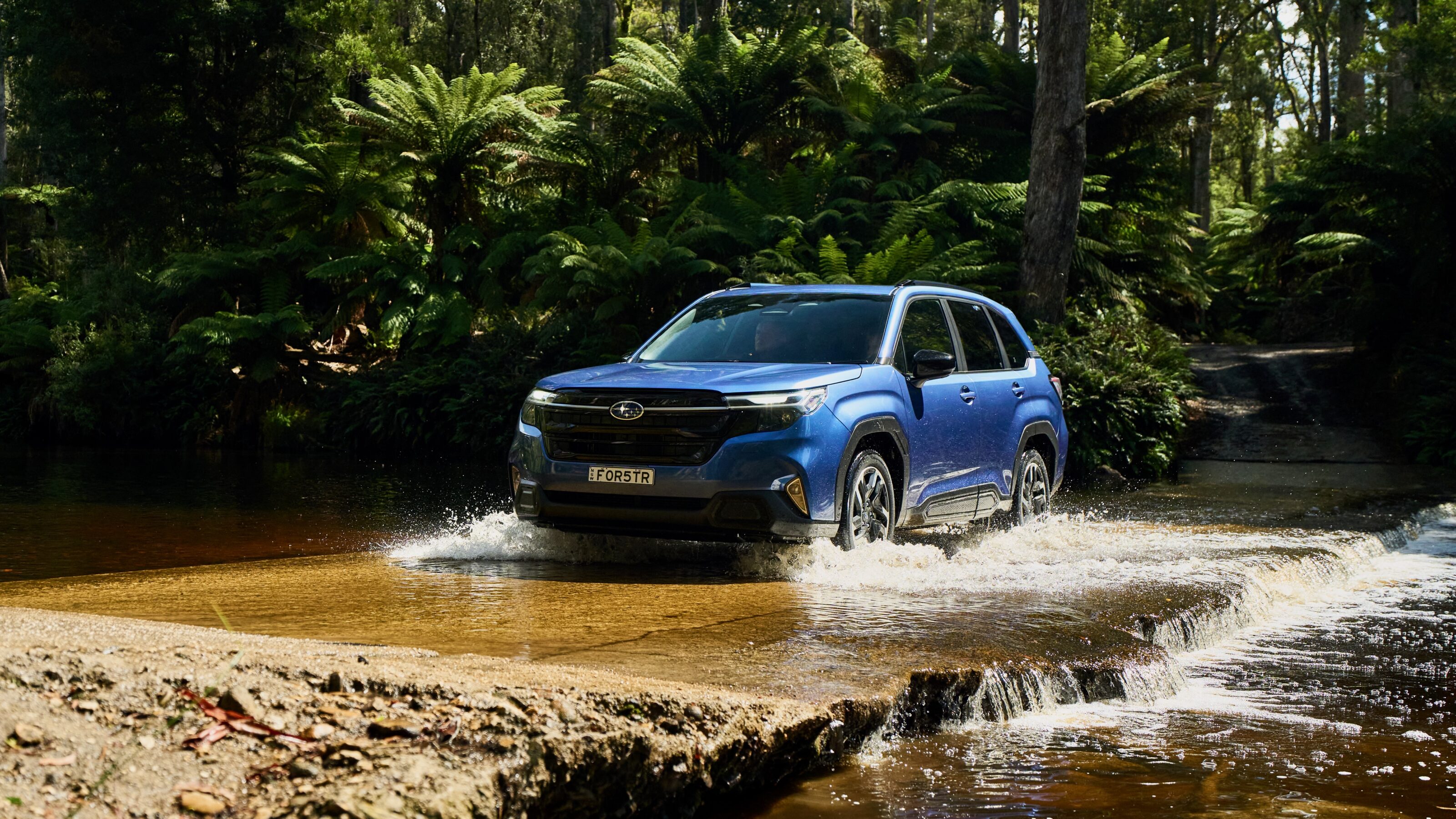The pioneering Jaguar I-Pace will be the first in a long line of battery-powered Jag- and Land Rover-badged vehicles to send their drive to all four, and not just two, wheels, the carmaker says.
While some electric vehicles including the BMW i3, Nissan’s Leaf and early Tesla models have opted for just one driven axle, Jaguar says an EV must have all-wheel drive if it’s serious about performance, dynamics, practicality and efficiency. The I-Pace, the brand’s first battery-powered vehicle and due on sale here in October, uses a motor mounted on each axle to drive all four of the EV’s wheels.

Speaking at the global launch of the SUV-styled I-Pace, Jaguar Land Rover head of vehicle development Wolfgang Zeibart said the answer to building a two-wheel-drive version of the vehicle was “in theory yes, in practice no”, as it made no sense to the company. “If you really want a lame duck then you can do it,” he said.
The newest addition to the leaper-badged line-up brings a healthy 294kW and 696Nm – they’re decent performance car numbers — delivered all four wheels via a pair of electric motors.
According to the veteran electronics engineer, numerous areas of pure electric vehicle performance suffer as a result of just one driven axle, including traction, stability, cabin space, regenerative braking and vehicle handling.
Walking around the I-Pace, Ziebart said the EV’s near three-metre wheelbase, which boosts interior space, was only made possible by the two-motor solution – an advantage the original Tesla Model S could not brag.
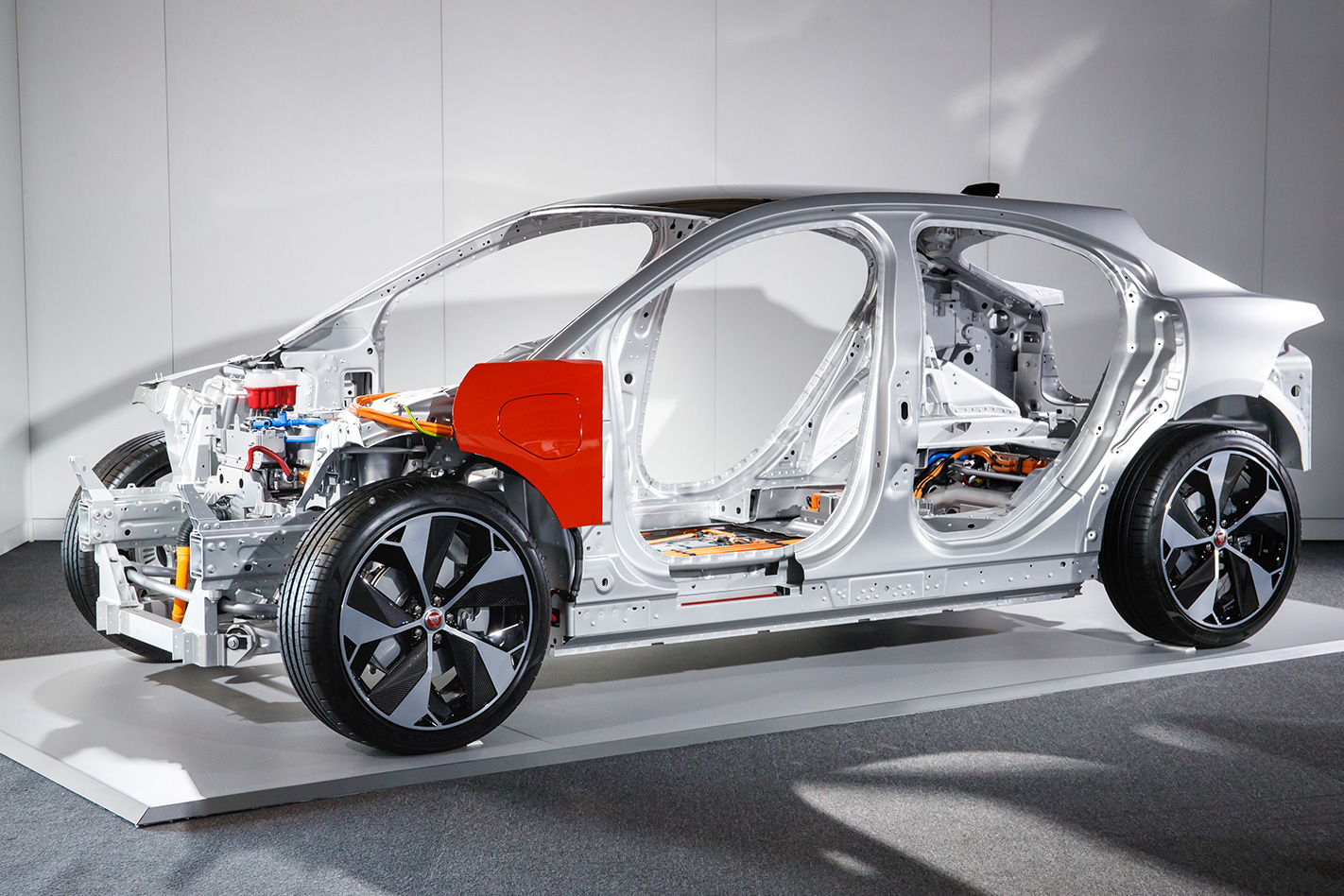
“The Tesla S was a single-motor design initially, and what that means is if you have only one driven axle you cannot put the wheel into this (I-Pace) position,” he said.
“You must move it forward as you need load on the driven axle. When it moves forward you reduce the interior space and the available space for the battery. It’s one compromise after the other and therefore we decided two motors – full stop.”
There were also problems with two-wheel-drive vehicle stability when using the motor to regenerate power. A front-mounted electric motor was more effective as the car’s centre of gravity loaded up the front axle during braking, while a rear-mounted motor was better in terms of driving dynamics and traction. And in either case, single-motor regeneration could cause instability under hard regenerative braking, Ziebart said.
“If you accelerate, the rear motor is the better motor. If you want to recuperate, the front motor is the one. We can recuperate up to 150kW, but if you only do it on the rear axle you are limited to about 60kW.

“If you recover (only) from the front, any longitudinal force you apply reduces your available side force. This then makes the car unstable.”
Zeibart declined to reveal what models would follow the compact I-Pace midsized SUV, including what is believed to be an electrified F-Type sportscar replacement due in 2021, but confirmed the I-Pace platform was “absolutely” scaleable for other-sized models, leaving the door open for many more vehicles to join the EV stable.
“Other companies are selling just the same concept as the most scaleable platform on Earth. In reality it’s not as easy as some people might make you think, but it is definitely scaleable.”
The evolution of the Tesla Model S large liftback sedan appears to confirm Jaguar’s principle that all-paw is best. Despite offering a rear-drive option early in its life cycle, all versions of the Model S are now powered using a pair of electric motors.
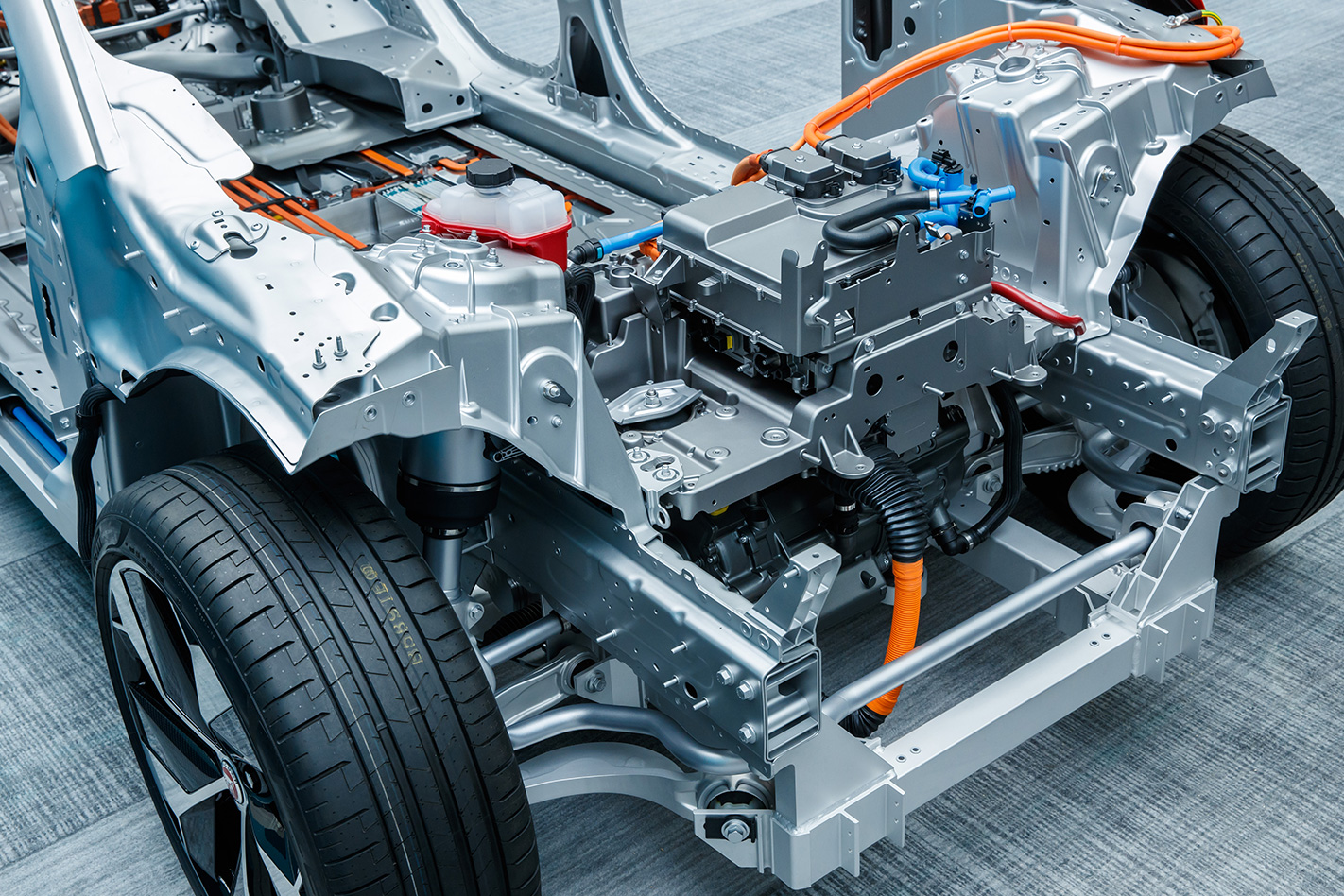
Ziebart said the Jaguar’s construction and engineering was superior to the US startup company’s offerings in other areas as well, including the massive battery that is key to range and performance.
“We can draw instantly 300kW out of that which brings the current up to 1200 amps,” he said. “That’s not a problem.”
“The Tesla has a disadvantage as the battery cooling is so poor,” he said. “They have round cells that are basically cooled by air and then they have a water plate underneath. Here (I-Pace), the cells are standing on a water plate so the cooling is much better.
“What we have seen on the Nurburgring, the Tesla degrades rather quickly whereas this car runs the full lap.”
Tesla refutes Ziebart’s claim that its battery cooling is inferior, but the real EV battle starts this October when Jaguar’s I-Pace arrives on Australian dirt and bumps gloves with the larger but identically priced Model X SUV.


